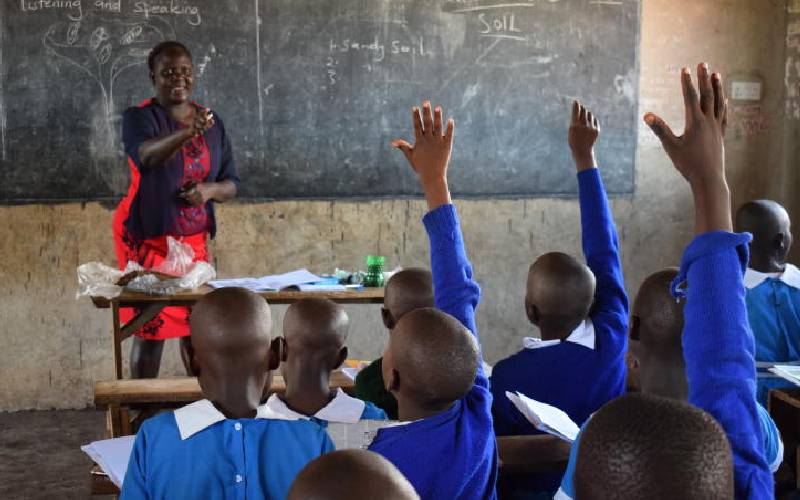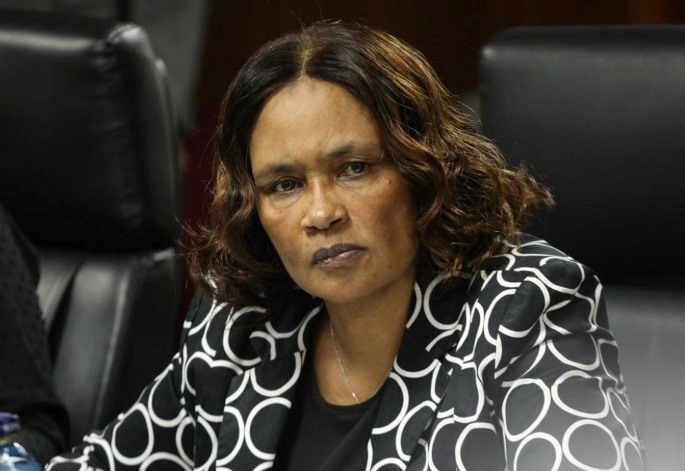Kenya’s Competency-Based Education system is at a critical crossroads. Designed to transform learning into a skills-based, student-centred model, CBE now faces its most significant challenge yet: a combination of teacher shortages, infrastructure gaps and policy contradictions.
Junior School, the backbone of CBE, faces a staffing deficit of 72,000 teachers. Programs requiring specialised knowledge—STEM, arts, technology and skill-based learning—remain under-served.
Teachers are demoralised by low pay, unclear transition timelines and ongoing contradictions between the President, Treasury and Ministry of Education. Many say they feel ignored, overworked and undervalued.
Intern teachers, who carry the weight of teaching tasks, are the most affected. Some fear the prolonged uncertainty may discourage future teachers from joining the profession, weakening CBE further.
Infrastructure challenges worsen the situation. Schools lack adequate classrooms, labs and teaching tools, making it difficult to implement CBE’s practical components.
Despite these challenges, the government insists it is committed to stabilising the system. Recruitment of 24,000 interns, adherence to the two-year rule and increased use of NG-CDF for infrastructure are part of the strategy.
But experts warn that unless internal contradictions are resolved, funding is increased and interns are treated fairly, CBE risks faltering at its most crucial stage.
The future of CBE depends on bold decisions, unified communication and genuine investment in teachers.




